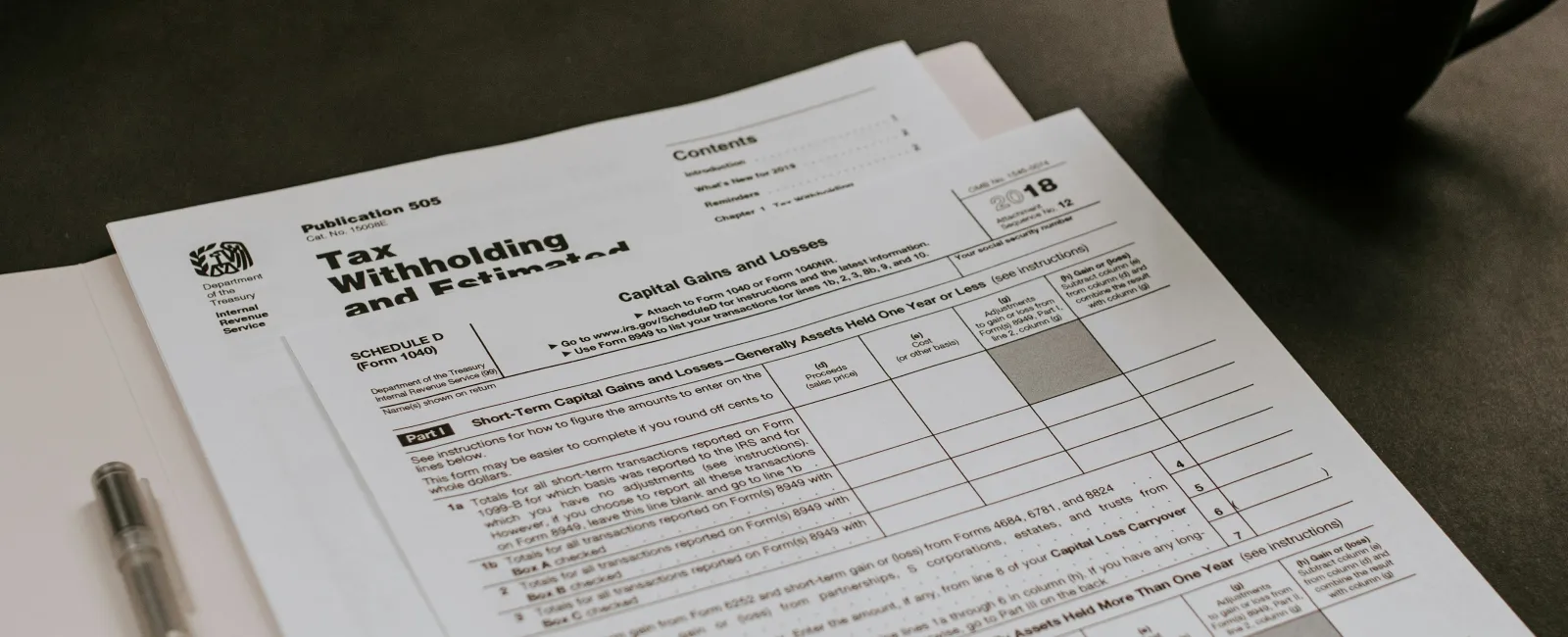Certified payroll compliance is a critical component of working on government-funded construction projects. Misclassifying workers can result in hefty penalties, back pay requirements, and even debarment from future projects. Understanding how to classify employees correctly for certified payroll ensures that workers receive the correct prevailing wages and benefits while maintaining compliance with the Davis-Bacon Act and other labor laws.
Why Employee Classification Matters in Certified Payroll
Every contractor and subcontractor performing work on federally funded projects must submit Form WH-347, which details wages, fringe benefits, and classifications. The U.S. Department of Labor (DOL) and local enforcement agencies scrutinize these reports to ensure that each worker is properly classified.
Misclassification occurs when an employee is placed in the wrong job category or incorrectly identified as an independent contractor instead of a full-time worker. This leads to compliance issues, legal trouble, and financial losses for both the worker and employer.
Common Certified Payroll Employee Classifications
The Davis-Bacon Act mandates that workers on federally funded projects must be paid according to their classification, which is tied to prevailing wages. Below is a breakdown of the most common classifications:
1. Laborers
Laborers perform general construction tasks that do not require specialized skills. Their work includes:
Carrying materials
Site cleanup
Assisting skilled tradesmen
Operating simple tools
2. Carpenters
Carpenters work with wood, metal, and other materials to build structures such as:
Framework for buildings
Doors, windows, and cabinets
Concrete forms and scaffolding
3. Electricians
Electricians install and maintain electrical systems, including:
Wiring buildings
Installing lighting and electrical panels
Ensuring projects meet local electrical codes
4. Plumbers and Pipefitters
These workers install, maintain, and repair piping systems. Their tasks include:
Laying pipelines
Installing gas, water, and sewage systems
Reading blueprints for pipe routing
5. Equipment Operators
Heavy equipment operators handle machinery such as:
Cranes
Bulldozers
Excavators
Asphalt spreaders
Each job classification has an associated prevailing wage rate, and failing to classify employees correctly can result in wage restitution orders from the Department of Labor.
Independent Contractors vs. Employees: Why It Matters
A common mistake in certified payroll compliance is misclassifying workers as independent contractors rather than employees. The IRS uses a three-pronged test to determine worker status:
Behavioral Control: Does the company dictate how the work is performed?
Financial Control: Who provides tools and equipment? Who controls the payment schedule?
Relationship Type: Are benefits such as health insurance or paid time off provided?
If a worker is classified as an independent contractor but meets the criteria of an employee, the employer can face serious penalties, including back wages, tax liabilities, and legal action.
The Consequences of Employee Misclassification
Imagine a construction company that misclassifies its full-time workers as independent contractors to cut costs. At first, this move seems like a financial advantage—lower payroll taxes, no workers' compensation, and reduced administrative work. However, these workers are using company-provided tools, following set schedules, and taking direct orders from supervisors, which legally qualifies them as employees.
The issue comes to light when one worker gets injured on the job and realizes there's no workers' compensation coverage. A complaint is filed with the Department of Labor, triggering an audit that uncovers widespread misclassification. Investigators find that workers were paid below prevailing wage rates, and the company failed to submit proper certified payroll reports, violating government contract requirements.
As a result, the company faces massive financial penalties, is required to pay back wages, and becomes the target of multiple lawsuits. Worse, the company is barred from bidding on future government contracts, damaging its reputation and long-term viability. What seemed like a simple cost-saving measure quickly turns into a financial and legal disaster.
Misclassifying employees may seem like a small administrative decision, but it can quickly spiral into financial and legal turmoil. The costs of back wages, fines, lawsuits, and lost government contracts far outweigh any short-term savings. Ensuring proper classification and compliance from the start protects both the business and its workforce, preventing unnecessary risks. Rely on eMars for seamless payroll compliance solutions and ensure accuracy, efficiency, and peace of mind—eliminating the worry of payroll errors.
How to Properly Classify Employees for Certified Payroll
To ensure compliance and avoid penalties, the following best practices should be followed:
1. Review Prevailing Wage Determinations
Before starting a project, consult the Wage Determinations Online (WDOL) database to find the correct classification and wage rates for the project's location.
2. Compare Job Duties with Wage Classifications
Instead of assuming a worker's classification, job duties should be matched with the correct DOL wage classification to avoid misclassification.
3. Keep Detailed Payroll and Work Logs
Tracking each employee's work activities daily helps document actual job duties. If an audit occurs, accurate records can protect the company from penalties.
4. Train HR and Payroll Staff
Ensuring that HR and payroll teams understand certified payroll classifications is essential for compliance. Periodic training on Davis-Bacon wage determinations is recommended.
5. Use Certified Payroll Software
Investing in payroll software designed for government projects streamlines classification, ensures accurate wage reporting, and minimizes compliance risks. eMars, trusted by over 50,000 users, provides reliable solutions that simplify certified payroll management and keep businesses audit-ready.
Summary: Staying Compliant with Certified Payroll Classification
Properly classifying employees in certified payroll reports is crucial for avoiding legal trouble, wage restitution claims, and government penalties. Understanding labor classifications, distinguishing between employees and independent contractors, and maintaining accurate records ensures compliance with federal and state regulations.
When classification uncertainty arises, consulting a certified payroll expert or legal professional is the best approach to protect both the business and workforce.
Ensuring Certified Payroll Compliance
Misclassifying employees can be costly. To streamline payroll processing, avoid compliance risks, and ensure certified payroll accuracy, partnering with a certified payroll service such as eMars can provide significant benefits. A proactive approach is key to avoiding unnecessary fines and legal issues. Contact eMars today for more information about their certified payroll compliance software.
